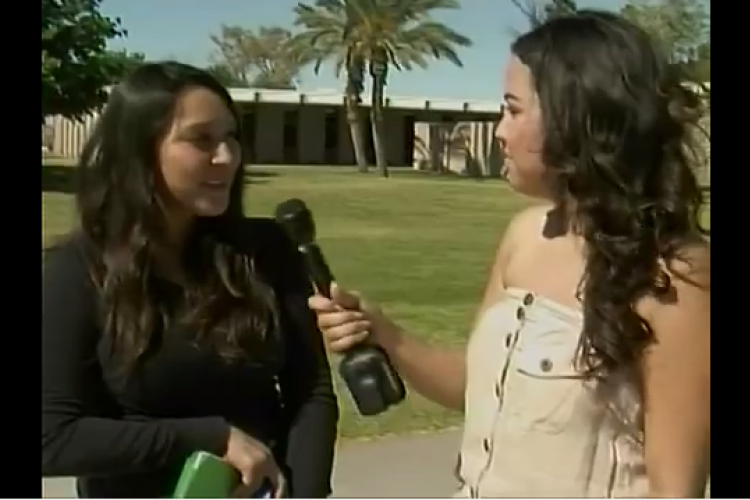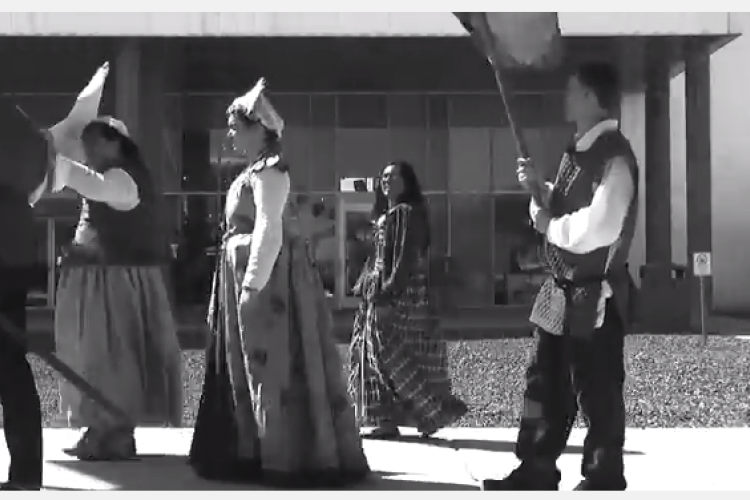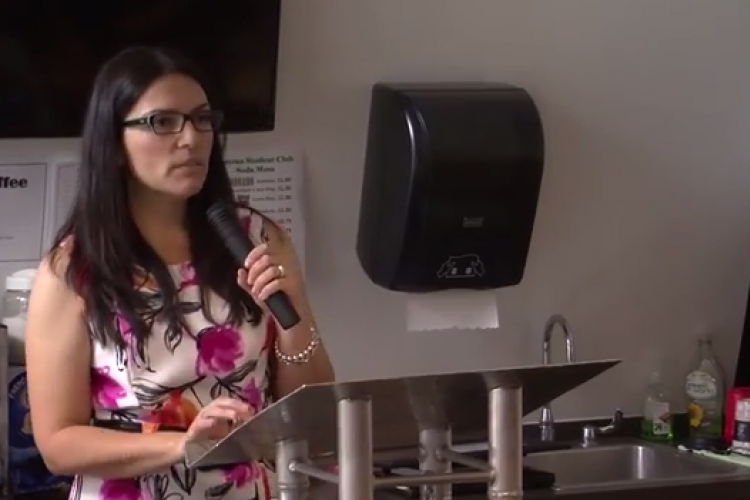
Did you know you can claim items you buy for school on your taxes?
Thanks to the American Opportunity and Lifetime Learning Education Credit, college students have a golden opportunity for a tax refund. While gathering a W-2, 1098-T and receipts from the previous years' academic expenses, it's crucial to be conscious of the tax benefits you're eligible for.
What is a Qualified Education Expense?
- Qualifying expenses are those used for tuition, required enrollment fees and materials needed for educational success as well as fees paid to educational institution as a condition of enrollment or attendance.
- The student must be working towards a degree or other approved educational goal such as a certificate.
- The student must be enrolled at least a part-time for one academic period beginning during the tax year.
- Payments are made for academic periods beginning in 2013, or in the first three months of 2014.
- The student may they redeem refundable money only for classes that he or she passes.
Other eligibility restrictions:
- If a married couple makes $180,000 or more, the credit refundable or money refundable may be reduced.
- Similarly, if a person is single, head of household or a widow(er) and makes more than $90,000, his/her refundable credit may be reduced.
- At the end of 2013, the student must not have been convicted of a felony for possessing or distributing a controlled substance.
What is not a Qualified Education Expense?
- Personal expenses such as room and board, insurance, medical expenses (including student health fees), transportation, and other similar living or family expenses do not qualify.
- Non-qualifying courses are those (such as sports, games, hobbies and non-credit courses) that are not part of student's degree program or geared towards helping the student acquire or improve job skills.
The credit is available for only four tax years per eligible student. The maximum amount claimable for education is $4,000 and, out of that, $2,500 is 100 percent refundable if certain requirements are met.
To claim the credit, students should use the Form 1098-T (Tuition Statement), which shows how much the student or his/her guardian paid for tuition and how much they received in scholarships. those interested in learning more about the tax credit should consult the 2013 Federal Tax Guide.
























